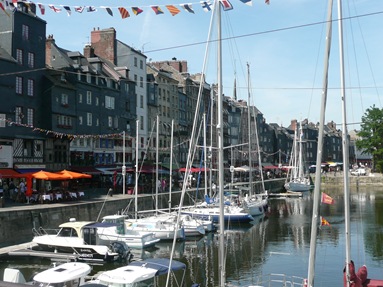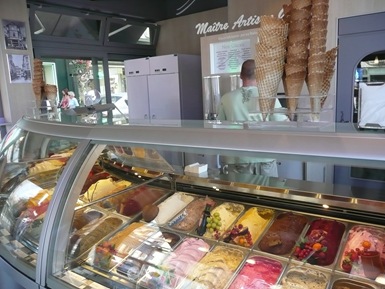I’m in Austin. No, I’m not late for March’s SXSW. I’m really early for next year’s event. Or at least, I’m on a reconnaissance mission for it.
In recent years, Austin has emerged as a tech hub with ambitions to rival Boston and Silicon Valley. SXSW, a music, film and interactive festival, is emblematic of a city that is culturally rich, liberal and tech-savvy. It is home to major offices for AMD, Apple, Google, IBM, Intel and Dell, among other famous tech firms.
There is also a thriving startup community supported by tech hubs like Capital Factory. The whole place has an exciting buzz about it. It’s like Shoreditch with a Texas drawl.
Perhaps this is why British Airways has launched a direct, non-stop service to the city from London using one of the airline’s new Boeing 787s.

The airline invited me to check out the plane soon after the inauguration of the new route. (Full disclosure: they paid for the trip.)
On board the 787
Boeing says that the plane is 20 percent more fuel-efficient than similarly-sized aircraft. It also has a 60% smaller noise footprint – meaning that the plane makes less noise on the ground.
Certainly, at take-off, the engine noise inside the cabin was much quieter than I expected but in the cruise it didn’t seem much quieter, perhaps because wind noise is louder at speed than engine noise. My iPhone recorded a sound level of 83.92 dB on the outbound trip, which is louder than it felt, but it was quieter on the return flight.
The plane appeals more to the other senses. It uses LED lighting to gently change the mood on board, simulating sunrise and sunset. The electronic dimmers on the window also give more control over the lighting.
When the dimmers are on, you can still see through the window but it’s just very dark. Personally I like looking out so this is a nice touch, especially because the windows are much larger than on other planes.

Two other factors help to make the 787 a more comfortable plane for long-haul flights. First, it is the first plane to use a gaseous filtration system to remove odours, irritants and gaseous contaminants from the air supply, which are contributors to throat, eye and nose irritation.
Second, the cabin is pressurised to a new maximum level of 6,000 feet; whereas other planes are have an internal altitude of 8,000 feet. This means that the body absorbs 8% more oxygen, reducing headaches, dizziness and fatigue. I can testify to this from my experience flying unpressurised light aircraft at 8-10,000 feet.
My own experience, getting off a nearly 11-hour flight from London was that I felt less scratchy and tired than I expected. It’s hard to be scientific about it but I’ve done many long-haul flights and this did feel better, even compared to other flights in British Airways Club World.
British Airways Club World

BA’s 787s don’t have first class seats, only economy, premium economy and business class (‘Club World’). The seats in Club World are lined up parallel with the fuselage, facing front and back. Personally, I prefer sitting backwards as I think it’s likely to be safer but the first time you do it, it does feel a little odd.
The seats recline to form a fully-flat bed and a button-operated privacy screen makes the little cabin quite private, especially if you’re sat by the window. Some seats have direct aisle access but on others you may have to step over someone’s legs to get out.

The seats are very comfortable and I slept easily on both flights. The only minor gripe is that they are a bit narrow and there are no cubbyholes for bits and pieces, like bottles of water or eyeshades, when you’re lying down. The in-flight entertainment system was excellent with a large touch-sensitive screen and a huge library of film, TV, talking books and music. It’s definitely the best of its type that I’ve seen.
Flying direct to Austin beats a stopover regardless of the airline but flying BA makes it a pleasure.
This article was first published on my Forbes Aviator blog.




